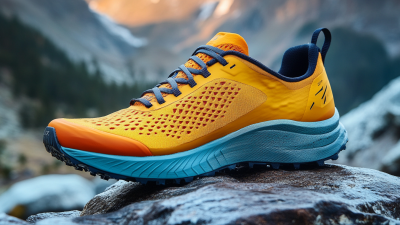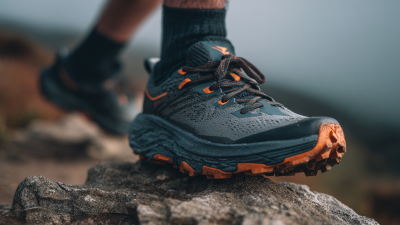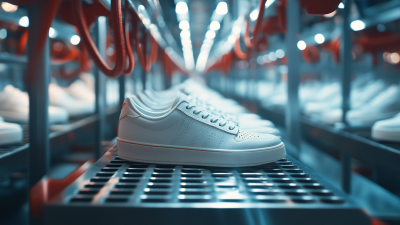
When it comes to outdoor adventures, choosing the right footwear can make all the difference, especially in the realm of
Hiking Running Shoes. According to a recent report by the Outdoor Industry Association,
over 50 million Americans participate in hiking and running activities each year,
emphasizing the growing demand for specialized footwear that meets the unique challenges of these sports.
With various terrains, weather conditions, and personal preferences to consider, selecting the best hiking running shoes
is crucial for comfort, performance, and
injury prevention.
Expert insights further highlight the importance of informed decisions in this domain. Renowned trail running expert
and author, Dr. Sarah Thompson, states,
"The right pair of hiking running shoes can not only enhance your performance
but also significantly reduce the risk of injuries, allowing adventurers to fully enjoy their time outdoors."
Her research underscores that investing time in selecting the appropriate footwear tailored to an individual's specific needs
can lead to a more enjoyable and safer hiking or running experience. Therefore, understanding key factors in choosing hiking running shoes
is essential for anyone looking to embark on their next outdoor challenge.
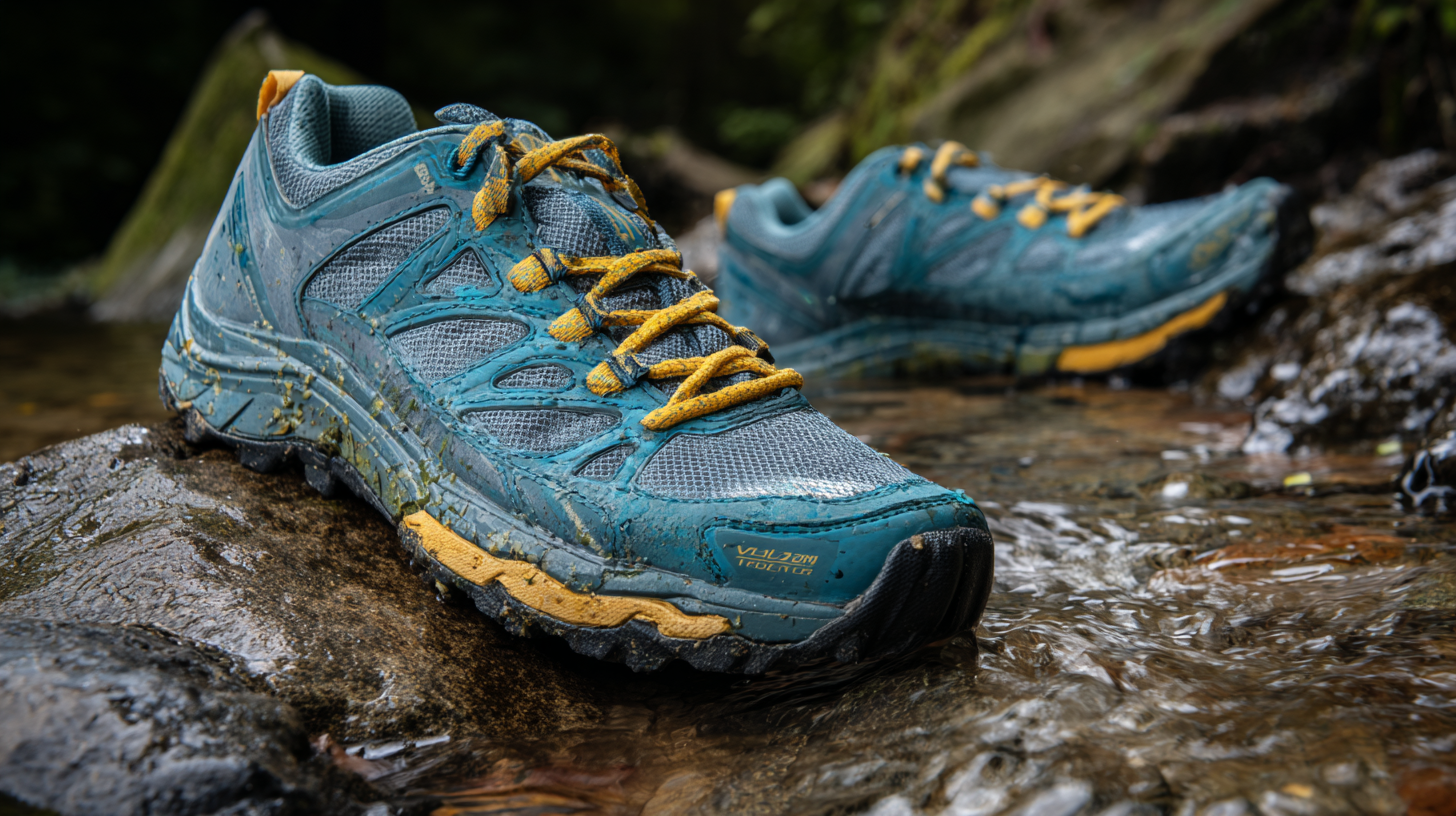
 When choosing the best hiking running shoes for your adventures, it’s crucial to focus on key features that will enhance your experience on the trails. First, consider the shoe's traction. Look for aggressive lugs on the outsole that provide grip on various terrains, preventing slips and falls. A good tread pattern is essential for navigating rocky paths and muddy conditions.
When choosing the best hiking running shoes for your adventures, it’s crucial to focus on key features that will enhance your experience on the trails. First, consider the shoe's traction. Look for aggressive lugs on the outsole that provide grip on various terrains, preventing slips and falls. A good tread pattern is essential for navigating rocky paths and muddy conditions.
Another important feature is cushioning and support. Hiking running shoes should have adequate cushioning to absorb impact and provide comfort over long distances. Pay attention to the midsole material; EVA foam or specialized cushioning technology can significantly improve your comfort level during hikes. Additionally, proper arch support is vital to reduce fatigue and prevent injuries, especially if you plan to tackle uneven or challenging trails.
Lastly, the fit and breathability of the shoes cannot be overlooked. Ensure your shoes fit well, allowing enough room for your toes while securing your heel in place to avoid blisters. Breathable materials help keep your feet cool and dry, especially on warmer days. By prioritizing these essential features, you’ll be well-equipped for your hiking adventures.
When selecting hiking and running shoes, understanding the different terrain types is crucial for optimizing performance and preventing injuries. Research from the Outdoor Industry Association indicates that over 50% of outdoor enthusiasts experience discomfort due to unsuitable footwear. Different environments, such as rocky trails or muddy paths, necessitate specific shoe features tailored to provide adequate support, grip, and durability. In rocky terrains, for instance, shoes should have stiffer soles and reinforced toe caps to withstand sharp debris.
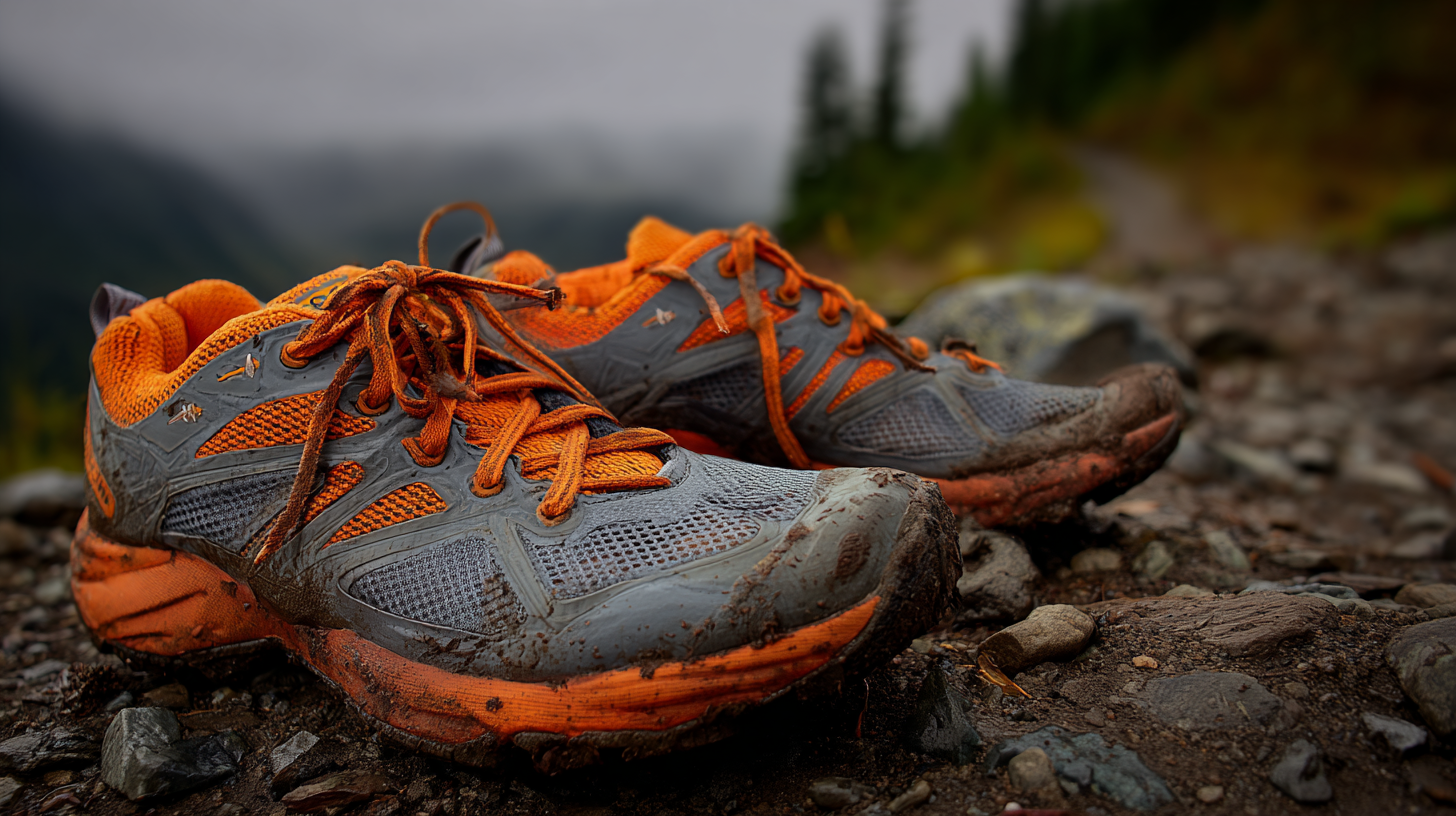
On the other hand, soft and uneven surfaces, like packed dirt or grass, demand shoes with excellent cushioning and flexible soles to enhance agility and comfort. A study published in the Journal of Sports Sciences found that athletes who engaged with appropriate footwear for their specific activity type reduced their risk of injuries by 30%. Furthermore, waterproofing capabilities are essential for wet or marshy areas to maintain foot health and avoid blisters. Selecting the right shoe not only boosts performance but also extends the longevity of the gear, making it an investment worth considering for avid hikers and runners.
When selecting the best hiking running shoes, prioritizing fit and comfort is paramount. According to a study published in the Journal of Foot and Ankle Research, 70% of participants reported that improper shoe fit significantly contributed to discomfort during physical activities. Proper fit minimizes the risk of blisters, calluses, and other foot ailments, allowing adventurers to fully enjoy their outdoor experiences without distraction. The ideal hiking running shoes should accommodate the unique shape of your feet and provide adequate toe box space, which is critical for long trails where your feet may swell.
Comfort goes hand in hand with fit, as inadequate cushioning can lead to fatigue and impact performance. The American Podiatric Medical Association recommends choosing shoes that offer both support and shock absorption, particularly for rugged terrains. Features like EVA foam midsoles or gel inserts can enhance comfort and reduce the stress on joints during hikes. Moreover, nearly 80% of outdoor enthusiasts agree that comfort directly correlates with their willingness to embark on longer adventures, underscoring the necessity of investing in quality footwear that aligns with these crucial criteria.
When choosing the best hiking running shoes for long-distance adventures, evaluating
cushioning and support becomes paramount. The terrain can vary widely, often demanding
shoes that not only absorb impact but also provide stability across uneven surfaces. Look for shoes with adequate cushioning systems that can mitigate the
stress on your joints during prolonged periods of activity. Consider materials that offer both lightweight comfort
and durability, as this will enhance your overall experience on the trails.
Support is equally critical, particularly for those who engage in activities that extend beyond a few miles. Shoes equipped with features like
arch support and a firm heel counter can help prevent injuries by providing a secure fit that keeps your foot in place. It's essential to analyze the shoe's design to ensure it accommodates your
foot shape, as a proper fit can significantly enhance performance and reduce fatigue. Testing different models on varying terrains before making a final decision can also provide insights into how well they perform in
real-world conditions.
When selecting the best hiking running shoes for your adventures, understanding the materials involved is crucial. Breathability is essential for moisture management, especially during long hikes. According to a report by the American Hiking Society, breathable mesh uppers can increase foot comfort and reduce blisters by up to 30%, allowing for better airflow and moisture evaporation. This ventilation plays a significant role in maintaining foot hygiene and overall comfort in varying weather conditions.
Durability is another key factor; shoes made with high-quality synthetic and rubber materials generally have a longer lifespan. A study from the Journal of Sports Engineering revealed that footwear constructed with reinforced seams and tough overlays can last 20-30% longer than standard models. The trade-off often lies in weight—while more durable shoes tend to be heavier, advancements in materials like lightweight synthetics and EVA foam have made it possible to achieve a balance. Consequently, modern hiking shoes can now offer exceptional durability without sacrificing the lightweight characteristics that avid hikers and runners seek.
